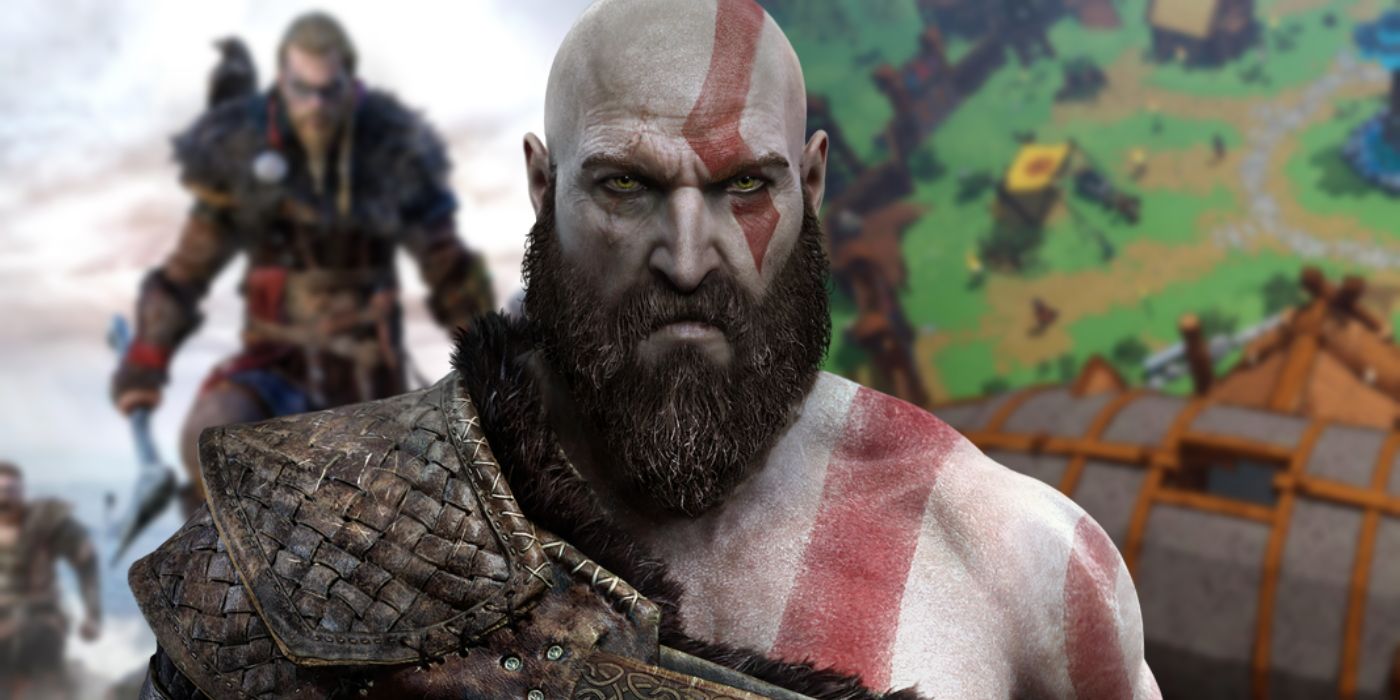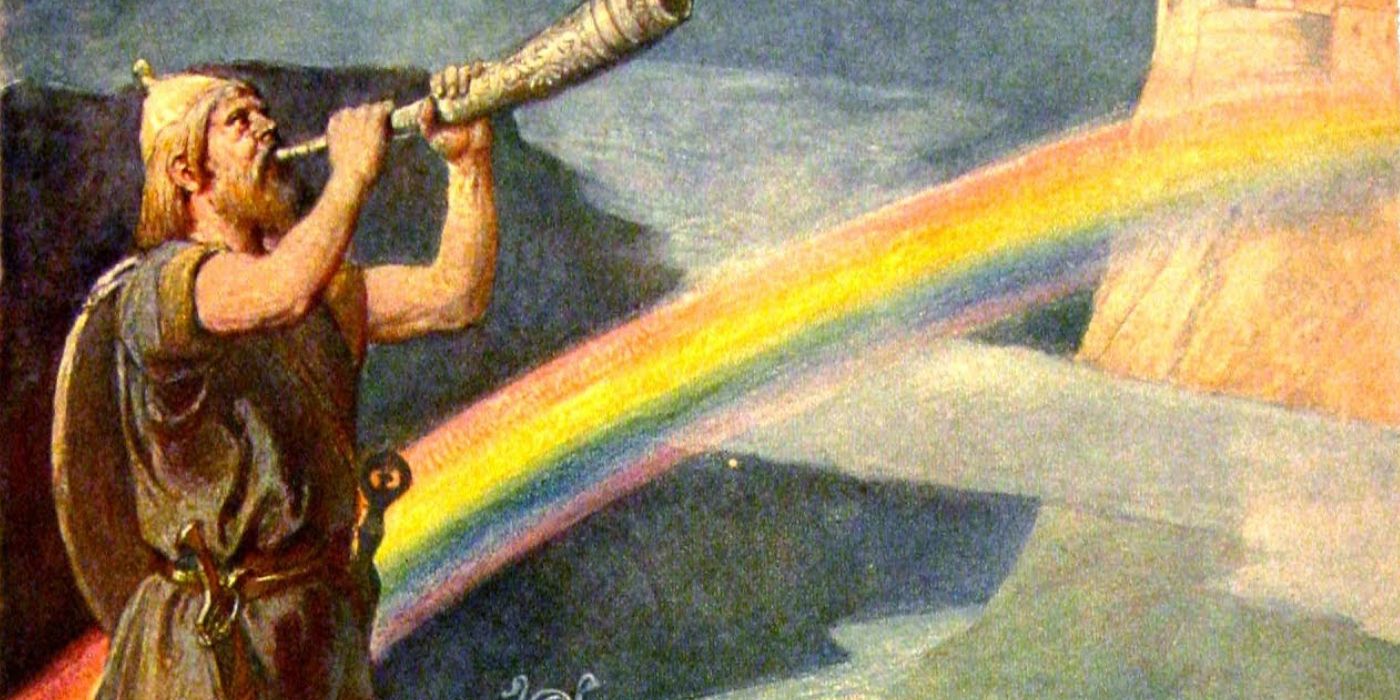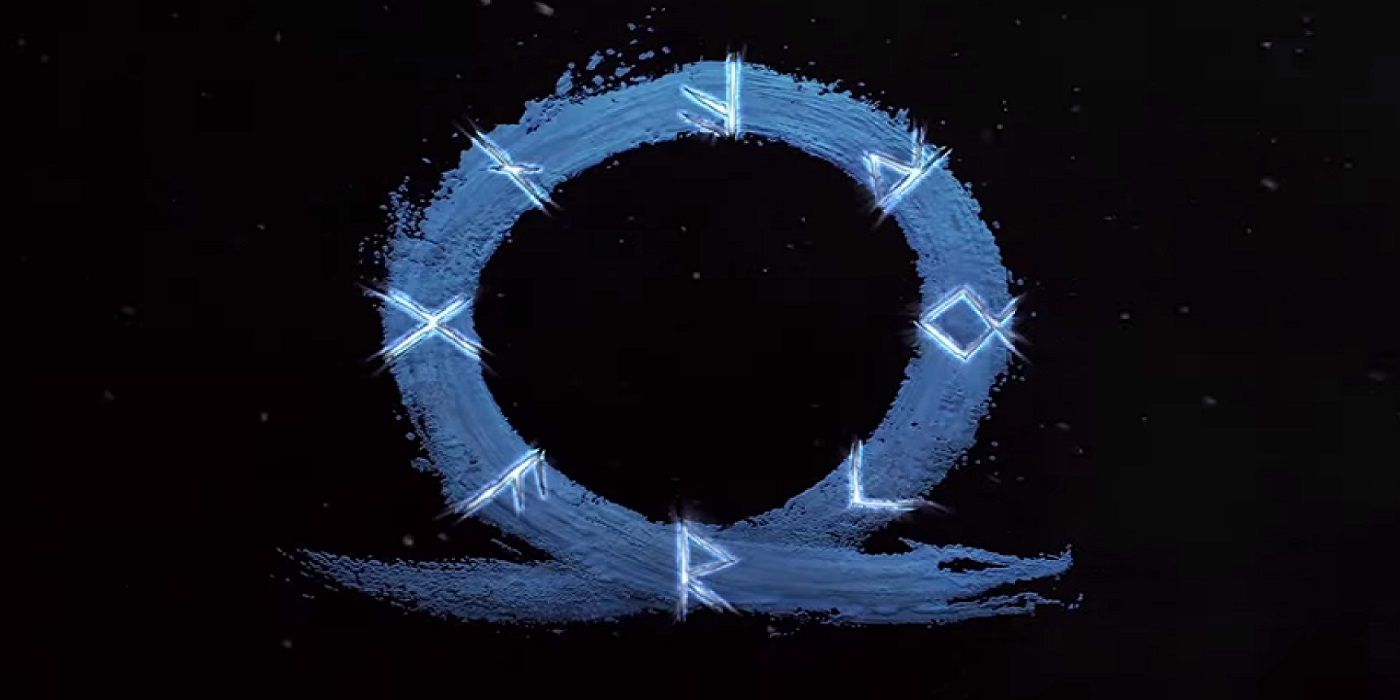There's no shortage of Norse mythology in media these days. Loki's on TV, while in gaming the influence of Norse mythology spans from games like Assassin's Creed: Valhalla and its upcoming expansions to survival co-op Tribes of Midgard. God of War already made the transition from Greek to Norse mythology with the series' soft reboot in 2018, which saw Kratos and his young son Atreus square off against the Norse god Baldur and his allies across the Nine Realms.
With God of War's sequel promising that "Ragnarok is coming," many fans are wondering how the story of the next game can distinguish itself from the many other Norse mythology-themed games on the market, not to mention the adaptations of Norse myths and their characters on TV and in movies. God of War has already hinted at one aspect of the next game, however, which could get to the heart of Norse mythology in a way few interpretations do.
Ragnarok In Myth And Media
When talking about Ragnarok, it might sound fair to define it as the Norse apocalypse - the end of the world and everyone in it. This is certainly the case in Assassin's Creed and Tribes of Midgard, where the point is to prevent each game's interpretation of the Norse end times. It's seen as similar to the events of The Book of Revelations in Christianity, but Ragnarok is actually a far cry from the finality of the traditional Christian apocalypse.
Like many pre-Christian traditions, Norse mythology tends to see time as cyclical, not linear. Ragnarok is not something to be fought against, but accepted at worst and embraced at best. It is the end of one world, but the start of a new one. In many versions of the myths, it's even unclear whether or not Ragnarok is supposed to have already happened or not. When it does, there are survivors. Humanity is survived by Lif and Lifthrasir, a man and woman who take refuge in a wood named Hoddmimis holt, and emerge to repopulate the world. Midgard is razed by the flames of the Jotunn Surtr, but it's also flooded, and made fertile again after three years of winter.
There are even gods who survive Ragnarok. Thor's two sons Magni and Modi live, and inherit their father's hammer. Baldur is resurrected, and along with several other survivors forms a new Aesir pantheon to oversee the reborn world. When Heimdall sounds his horn to tell the Norse gods that the end times are upon them, they voluntarily go to the site of their great, prophesized final battle without struggle. Ragnarok's participants fulfill their predetermined roles. Their final fight isn't against Ragnarok, it's part of their participation in it.
In so many modern interpretations of Ragnarok it is seen as something straight out of a disaster movie, to be prevented at all costs. Even in versions where there are survivors, like the MCU's take on the Norse apocalypse, it's still portrayed as a disaster. In contrast, the Ragnarok of Norse mythology isn't an end, it's the mother of all transitions — potentially painful, but an inevitable part of life, and, most importantly, not the end of the world.
Cycles In God Of War
The last God of War set up some plot-points which have the potential to depict a far more interesting interpretation of Ragnarok than the versions seen across other media. Most notably, the last game implies that, like the Ragnarok of Norse mythology, God of War's Ragnarok will not be an end, but part of a cycle.
When Kratos, Atreus, and Mimir visit the World Serpent, Mimir mentions that the creature described Atreus as "familiar." This turns out to be more literal than players might have expected. Atreus is the World Serpent's family - his father. When visiting the Jormungandr's shrine, players can come across Norse runes which, when translated, describe the World Serpent as "son of Loki and Angrboda."
Mimir later tells the story of the World Serpent, explaining that the giant the trio met in the Lake of Nine is actually from the future. Mimir explains: "it is said that when Jormungandr and Thor battle at Ragnarok, their clash so violently shakes the tree of life that it splinters, casting the serpent backward through time, even before his own birth."
The reveal that Atreus is Loki, that Loki is the World Serpent's father, and that the World Serpent was sent back in time has huge implications for God of War's interpretation of Ragnarok. Atreus hasn't fulfilled many of Loki's parts of the Ragnarok myth — he hasn't been imprisoned beneath the earth, he hasn't had children with Angrboda, AKA the Mother of Monsters, and more.
This makes it seem very likely that the World Serpent won't be the only one to get sent back in time during God of War's Ragnarok, and that the game's version of Ragnarok might be better understood as a time loop. Like the World Serpent, it is likely that the older Atreus will eventually fulfill his prophesized role in Ragnarok, but with his younger self also necessarily present, God of War has the potential to dive head first into the truly cyclical nature of Ragnarok in a way few other games, TV shows, or movies have.
The God of War series' investment in cycles as a major theme makes it almost perfect for a truly cyclical Norse Ragnarok. The last game explored Kratos' own attempts to break the cycle of revenge he found himself caught in across the original trilogy, and to break the cycle of father-son conflict going back to his own father Zeus and grandfather Cronos. God of War's Ragnarok could be one of few depictions of Ragnarok that doesn't reduce the Ragnarok of myth to the end of the world. In doing so, it could really explore what makes Ragnarok, and Norse mythology at large, so fascinating.
A God of War sequel is in development for PS4 and PS5.



